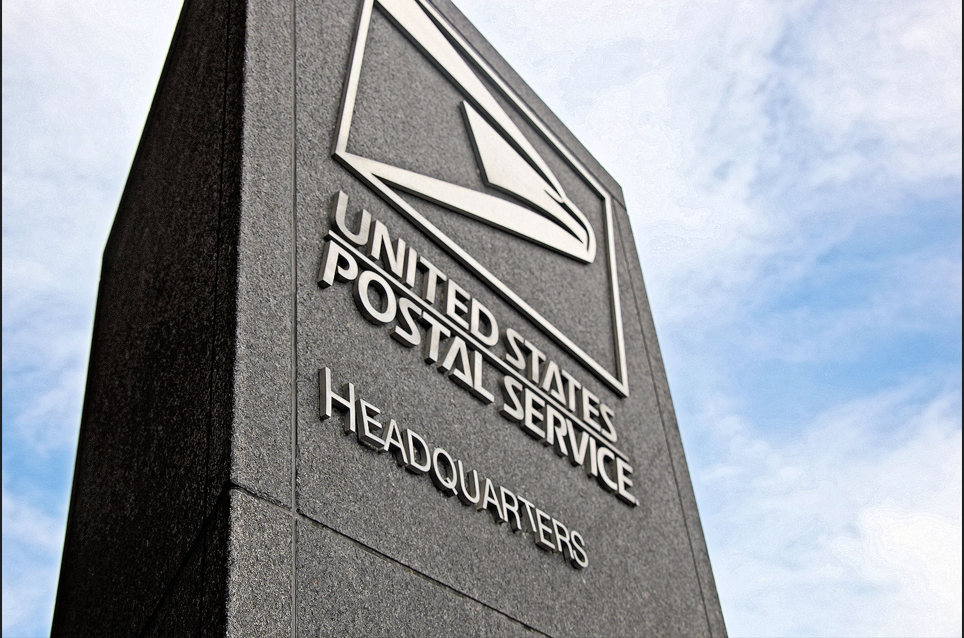The United States Postal Service (USPS) is grappling with unprecedented financial losses, reporting a staggering $9.5 billion net loss for the fiscal year 2024, a sharp rise from the previous year’s $6.5 billion deficit. This loss has triggered a significant leadership change, as Postmaster General Louis DeJoy has announced his decision to step down. The USPS Board of Governors has been tasked with finding his successor.
Key Drivers of Financial Woes
According to USPS officials, more than 80% of the agency’s financial loss stems from unavoidable fixed costs. These include substantial pension contributions for retirees and costly workers’ compensation claims for employees injured on the job. These financial obligations, combined with a dramatic decline in mail volume, have severely impacted the postal service’s bottom line.
Dramatic Decline in Mail Volume and Workforce Expansion
Despite a concerning 80% decrease in traditional mail volume, USPS has continued to expand its workforce, increasing headcount by approximately 190,000 employees. This paradoxical move has raised questions about operational efficiency and the agency’s long-term sustainability.
Political and Structural Uncertainty
The USPS’s financial strain has sparked debates over potential reforms. President Donald Trump has suggested merging the Postal Service with the U.S. Department of Commerce, a proposal that could impact the structure and efficiency of the agency. However, critics argue that such a move would be legally complex and could harm public services. Additionally, the ongoing issue of retiree pension liabilities remains a key obstacle to financial stability.
As the USPS navigates these turbulent waters, its leadership change and continued struggles serve as a reminder of the broader challenges faced by state-run enterprises in adapting to a rapidly changing economy.
Sources:
USPS HQ Picture by Tim1965 on Wikimedia CC-BY-SA-3.0



